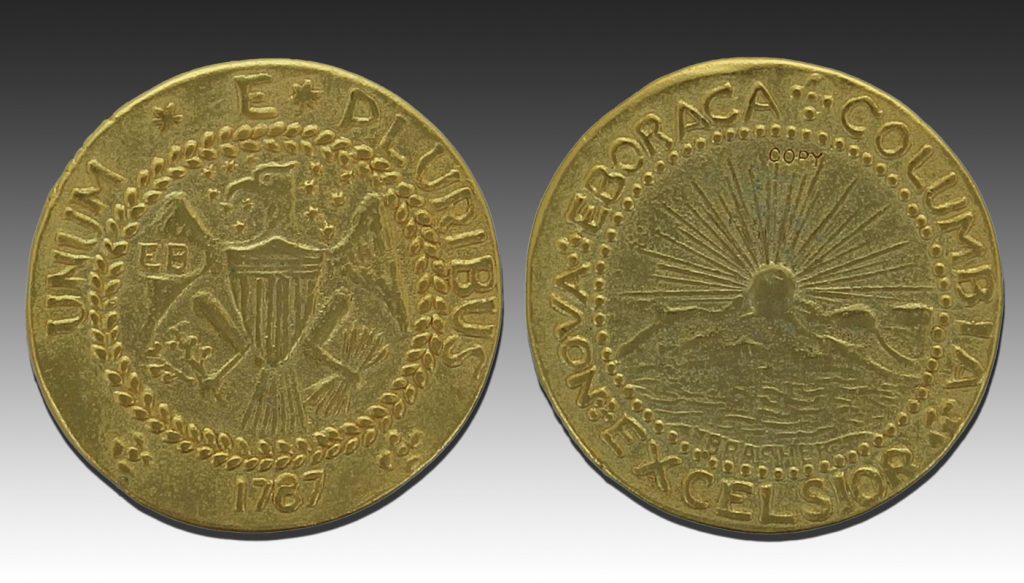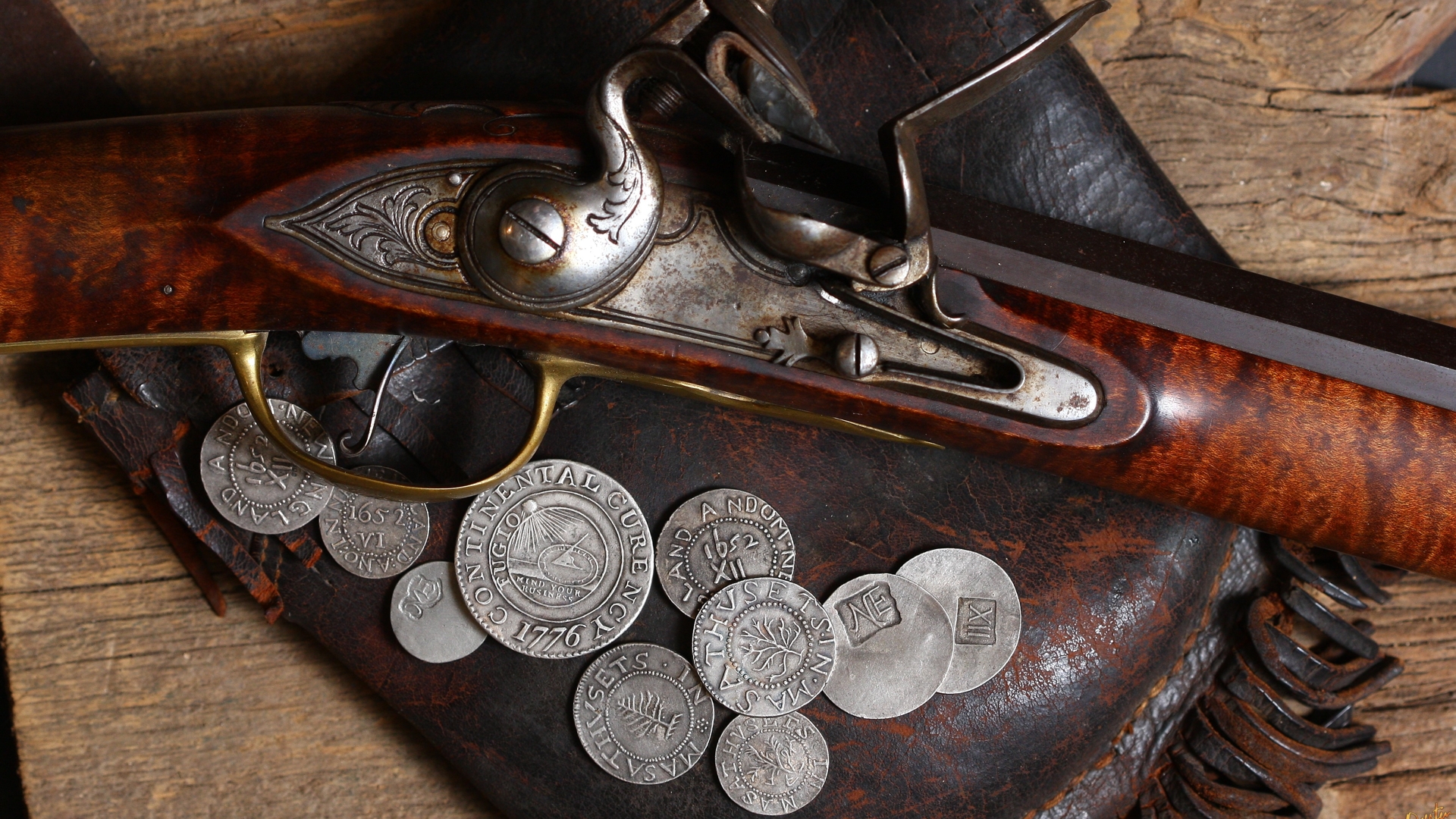The Brasher Doubloon: A Historical Masterpiece of American Coinage
Introduction
New York City, once the capital of the United States from 1785 to 1790, held great significance during the late eighteenth century. Among the notable figures in this bustling metropolis was Ephraim Brasher (1744-1828), a distinguished goldsmith and silversmith. His residence on Cherry Street, now located just north of the iconic Brooklyn Bridge, became a fashionable hub. Brasher’s expertise extended to regulating the quality of precious metal coins for banks, ensuring their fineness and weight. This led him to create his unique hallmark, an oval-shaped stamp bearing his initials ‘ EB,’ signifying impeccable quality. Coins carrying Brasher’s hallmark became highly trusted and widely accepted, streamlining transactions in the growing city. Interestingly, some foreign gold coins were found counter-stamped with his prestigious mark, underscoring its reputation.
The Journey Begins: Brasher and Bailey’s Pursuit
In the annals of history, 12th February 1787 marks an important milestone. On this day, Ephraim Brasher and John Bailey, a skilled silversmith and sword maker, sought franchises to mint copper coins for the state of New York. Though the nature of their collaboration remains unclear, their applications were ultimately denied. Undeterred, Brasher decided to showcase his exceptional skills by striking a few sample coins. These prototypes took the form of gold doubloons. This endeavor would create the first-ever gold coin minted specifically for the United States of America.
Brasher’s Iconic Design
 Brasher’s doubloon featured the Great Seal of the United States, depicting an eagle gripping an olive branch and arrows. Additionally, he incorporated an intriguing variation of the national motto, “UNUM E PLURIBUS” (One from many), along with the date 1787. Upon striking the coin, Brasher counter-stamped his hallmark, guaranteeing its quality and authenticity. Today, only five surviving examples of the coin bear the stamp on the eagle’s wing, with an additional one carrying the stamp on the shield.
Brasher’s doubloon featured the Great Seal of the United States, depicting an eagle gripping an olive branch and arrows. Additionally, he incorporated an intriguing variation of the national motto, “UNUM E PLURIBUS” (One from many), along with the date 1787. Upon striking the coin, Brasher counter-stamped his hallmark, guaranteeing its quality and authenticity. Today, only five surviving examples of the coin bear the stamp on the eagle’s wing, with an additional one carrying the stamp on the shield.
On the reverse side, Brasher is an image portraying the sun casting light rays over a majestic mountain range with the sea in the foreground. The inscription “NOVA EBORACA COLUMBIA EXCELSIOR” (New York, America, Ever Higher) encircled the image, a phrase that continues to serve as the state motto. Brasher also humbly added his surname beneath the image, immortalizing his contribution.
Brasher and Washington Connection
Notably, Brasher’s neighbor on Cherry Street was George Washington, the man who would ascend to the presidency of the United States in 1789. Recognizing Brasher’s exceptional skills, Washington purchased several items from him, including four silver skewers, in April 1790. This connection between the founding father and the talented gold and silversmith provides a possible explanation for Brasher’s venture into creating his renowned doubloon. It is plausible that Washington himself commissioned Brasher for this endeavor. Furthermore, in November 1792, Brasher played a vital role by assaying various gold coins for the newly established federal government, a responsibility he continued to fulfill for the US Mint.
Appreciating the Value
The worth of a doubloon was intrinsically tied to the value of gold. When Brasher crafted his exceptional coin, New York officially designated a gold doubloon’s value as $15. Today, its worth has far surpassed this initial valuation. In 2011, one of Brasher’s doubloons fetched a staggering price of nearly $7.4 million, setting a record as the most expensive coin ever sold at that time.
In Heritage Auctions’ January 2021 sale of the Donald G. Partrick Collection in Dallas, a 1787 Brasher doubloon broke another record for a US gold coin by realizing $9.36 million in Dallas.
Immortalization in Popular Culture
Raymond Chandler, a celebrated author, embedded the Brasher Doubloon within popular culture when he employed it as a plot device in his novel, “The High Window.” The fictional detective Philip Marlowe embarked on an investigation to recover a stolen Brasher Doubloon. In 1947, this book was adapted into a film by 20th Century Fox, aptly titled “The Brasher Doubloon.”

